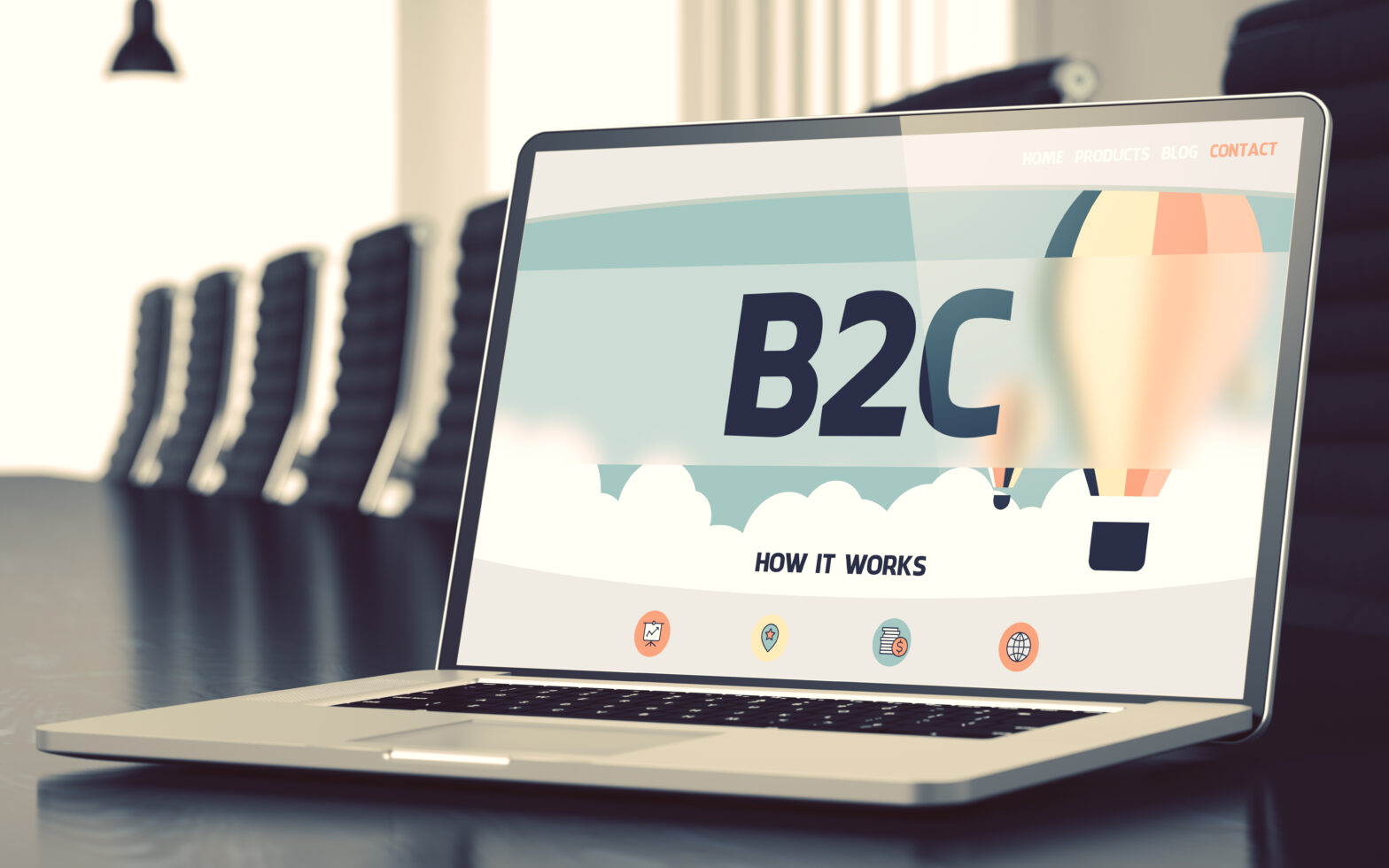How well you deal with your customers is, some would argue, the most important aspect of running any business. The way you treat your customers, the ease in which you allow them to get what they want, and how you market your products or services plays a huge part in being successful.
However, the type of customer base that you serve will heavily influence the customer service tactics that you use. Depending on whether you serve B2C or B2B clients, or even both, will mean that you have to adjust the way you do business to suit. Let’s have a look at some of the things you need to consider when doing so.
Understand your customer
Every business is different. There is no ‘one size fits all’ customer service approach, but there are ways in which you can mould your strategy so that it fits in with what you want to achieve. The basis of all power — and particularly earning power — comes from knowledge. Understanding your customers is therefore the best place to start when considering your current or potential customer service offering.
If you are providing B2C products or services, one of the main considerations is customer motivation. Why would someone come to your business and pay for what you have to offer? How do they feel about this purchase? Answering these questions will help you identify key areas where your customer service offering requires a particular approach.
For instance, an emergency locksmith and glazing company may identify that their customers’ motivation stems from unexpected issues, such as the loss of keys or a break-in attempt. They may feel worried about the situation and about the unforeseen expense.
In this case, the customer service approach would need to be highly professional to reflect the seriousness and sensitivity of the situation. It would also be important that the process was as simple as possible, and that customer-facing staff were friendly and reassuring.
If you are providing B2B products and services, your motivational considerations will be quite different. It’s unlikely you’ll be dealing with just one person, as you would in a B2C environment. Instead, you may have multiple heads-of-department to deal with over a much longer period of time.
Recognising the short- and long-term expectations of your business customers can help you to identify the key people you’ll want to be dealing with. A lot of time can be wasted if the relevant decision-maker is overlooked.
Tailor your resources
Once you have addressed and understood your customer’s motivation, tailoring your resources so that you can make the most of this knowledge should be your next step. With B2B offerings, it’s likely that you’ll be dealing with them over a long period of time, perhaps with some kind of contract in place.
It probably goes without saying that your competition is likely to market themselves to your customer, so ensuring that you have the resources available to really look after your contacts can make a huge difference in them wanting to stay with you.
When it comes to B2C, you typically only need to address the needs of one customer for a shorter period of time. Meeting and exceeding the needs of as many customers as possible will ensure favourable ratings and reviews, which are a huge motivator for new customers and return trade alike.
Ensure you have the right people working for the right departments — for instance, someone with an upbeat and bubbly personality will be a good asset when customer contact is first made, but may not be right for a complaints department where a more professional tone is necessary.
Utilise the basics
Of course, it goes without saying that when providing B2B or B2C customer service, there are some very basic rules which apply across the board and upon which you should base all aspects of your strategy. Being easy to contact, getting back to people when you say you will, being polite, and knowing how to handle a complaint properly are things that all customers, no matter where they come from, will respond well to if done right first time.
What is right for your individual business depends on a deep understanding of your customers and the business as a whole, which is why there is no ‘one size fits all’ strategy. Stick to these basic guidelines, however, and you can successfully tailor your customer service so that it benefits both your customers and your profits.
Julian Betts is Customer Service Manager at Evander, a home security specialist who provide products and services to both B2B and B2C markets.







